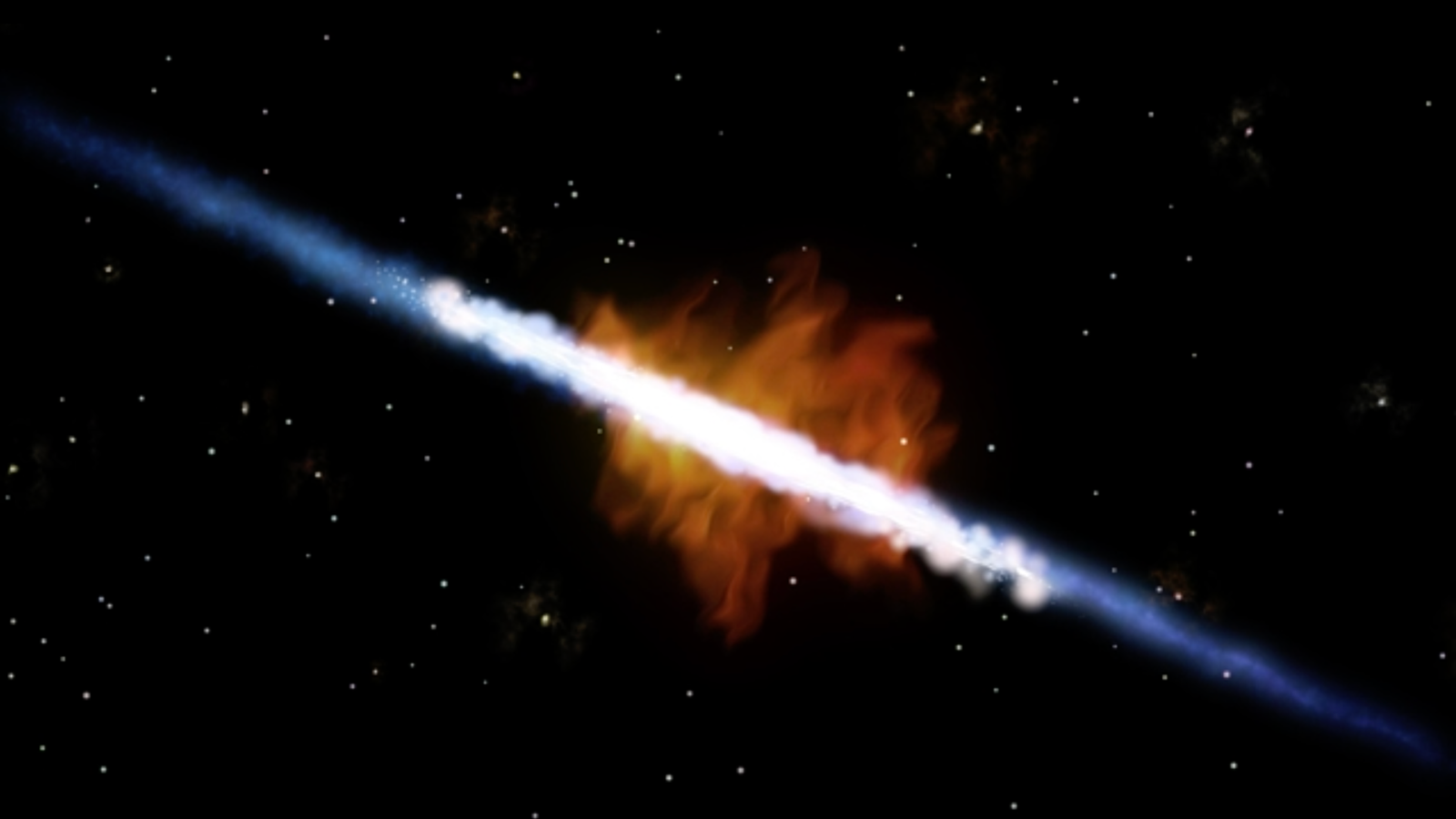Galaxies pollute the environments they exist in astronomers have discovered, using a new imaging system to confirm that what flows in is much cleaner than what flows out.
Scientists at the WM Keck Observatory in Hawaii focused on a galaxy called Mrk 1486, about 500 light years away, which is going through a period of rapid star formation.
The heaviest elements in the universe are forged inside the cores of stars through nuclear fusion and, once the stars collapse or explode, these elements spread through the universe.
“Enormous clouds of gas are pulled into galaxies and used in the process of making stars,” explained the co-lead author of the study, Dr Deanne Fisher, associate professor at the Centre for Astrophysics and Supercomputing at Swinburne University in Australia.
“On its way in it is made of hydrogen and helium. By using a new piece of equipment called the Keck Cosmic Web Imager, we were able to confirm that stars made from this fresh gas eventually drive a huge amount of material back out of the system, mainly through supernovas.
“But this stuff is no longer nice and clean – it contains lots of other elements, including oxygen, carbon and iron,” she added, explaining the research published in The Astrophysical Journal.
The mechanisms behind galaxies acquiring more matter (through a process known as accretion), and shed matter (through a process known as outflow) is important to govern their growth, mass, and size.
As the researchers explained, if you imagine the galaxy as a spinning frisbee, then the gas and matter enters in “relatively unpolluted” from the cosmos outside.
It comes in around the perimeter following the galaxy’s rotation, creating the accretion disk, and condenses to form new stars.
When these stars later explode, they push out other gas and matter, now containing all of these new elements, through the top and bottom of this frisbee.
But until now, scientists haven’t been able to observe the composition of inward and outward flows of matter in a galaxy other than the Milky Way.
Mrk 1486 was the “perfect candidate” for this observation because it lies “edge-on” to Earth, meaning that the outflowing gas could be easily viewed, and its composition measured. Most galaxies sit at awkward angles for this type of research.
“This work is important for astronomers because for the first time we’ve been able to put limits on the forces that strongly influence how galaxies make stars,” added Prof Fisher.
“It takes us one step closer to understanding how and why galaxies look the way they do – and how long they will last,” she added.
